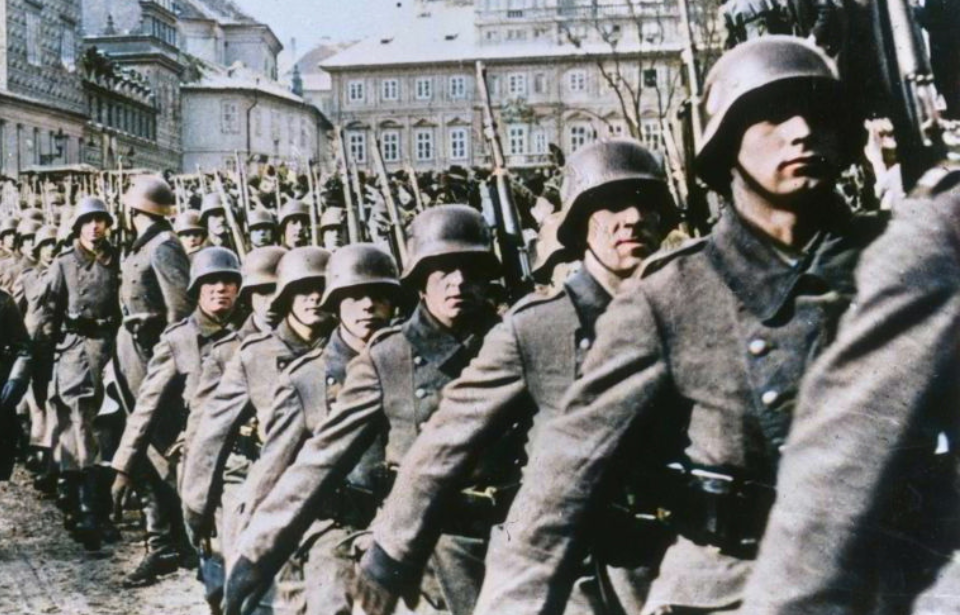In the renowned HBO miniseries Band of Brothers (2001), Scott Grimes portrays Tech. Sgt. Donald Malarkey, who interrogates a captured German soldier about his background. To Malarkey’s surprise, the soldier reveals he is from Eugene, Oregon, explaining that his family moved to Germany to support their native country.
This raises an intriguing question: were there actually German Americans who went back to Germany to assist their country during World War II?
The exact numbers are unknown
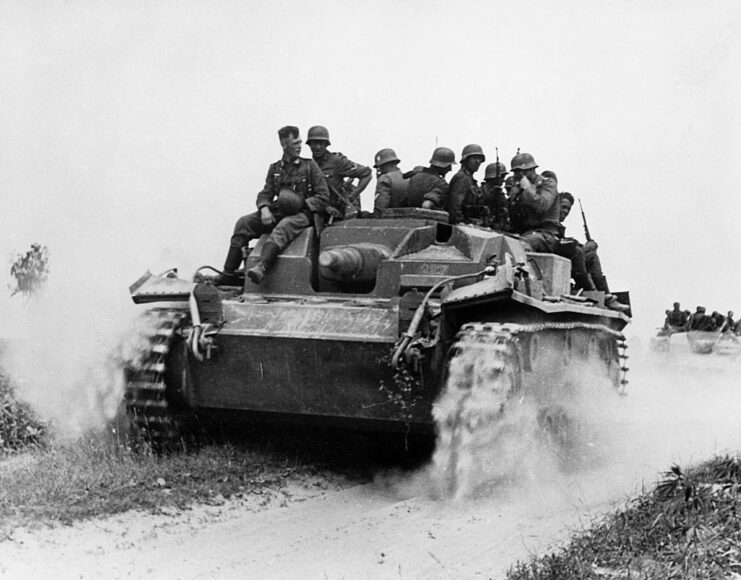
The problem with this question is that there’s no hard numbers that can be used to make a determination. There were programs and schemes prior to and during the Second World War, which encouraged ethnic Germans to return to Germany. However, the success of these approaches, in terms of enlisted soldiers, is unknown.
According to George Nafziger’s The German Order of Battle: Waffen SS and Other Units In World War II, the Waffen-SS had five German Americans within its ranks during WWII. They were classified as “US Volksdeutsche,” meaning they were of German descent. In the book itself, these individuals are listed as a footnote among other data regarding the nationality of SS personnel.
Rüeckwanderer encouraged swearing an allegiance to Germany
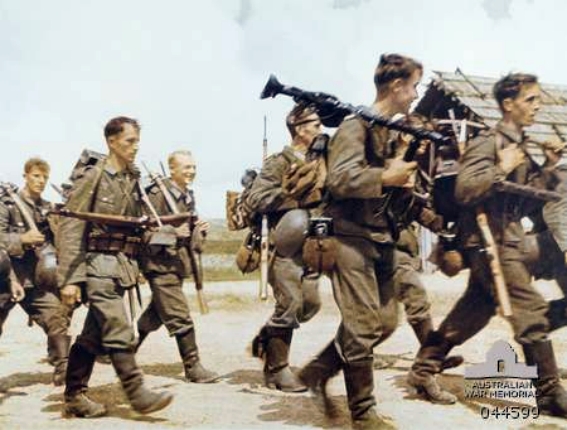
Among the programs used to encourage ethnic Germans was the Rüeckwanderer, which urged people to go to their German consulate and swear allegiance to Germany. They needed to state their intent to return to the country, after which they were given access to a special currency that could be spent in Germany.
It’s unknown how many individuals returned before the program ended, nor do we know how many fought for the fatherland.
German American Bund
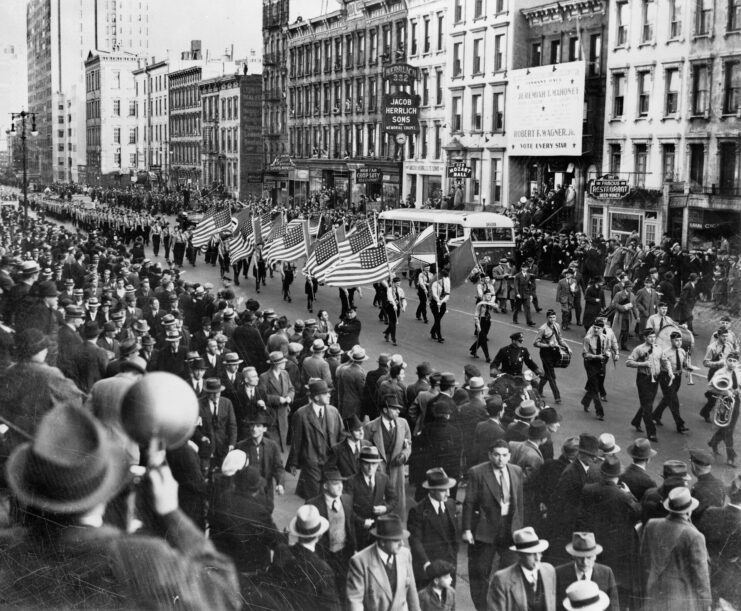
The German American Bund, an American sympathizer group of the National Socialist German Workers’ Party, influenced some German Americans to join WWII in Germany, yet largely failed to achieve its goals.
Mimicking Germany’s governance, it established multiple training camps nationwide. Through rallies and leaders echoing the Führer’s anti-Communist and anti-Semitic rhetoric, the Bund sought to spread Germany’s ideology.
Fritz Julius Kuhn was imprisoned
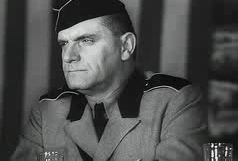
The German American Bund’s first leader was WWI veteran Fritz Julius Kuhn, a German-American who was later imprisoned on embezzlement charges. His arrest caused confusion within the organization, with subsequent leaders being far less effective than Kuhn.
The German American Bund was also under close scrutiny by the US government, due to its draft evasion campaign, which led to the prosecution of additional leaders – one even fled to Mexico to avoid the authorities.
The organization’s records don’t show any propaganda urging German Americans to return to Germany. If there were any calls for them to fight for the fatherland, they didn’t originate from within the United States.
Many important documents didn’t survive World War II
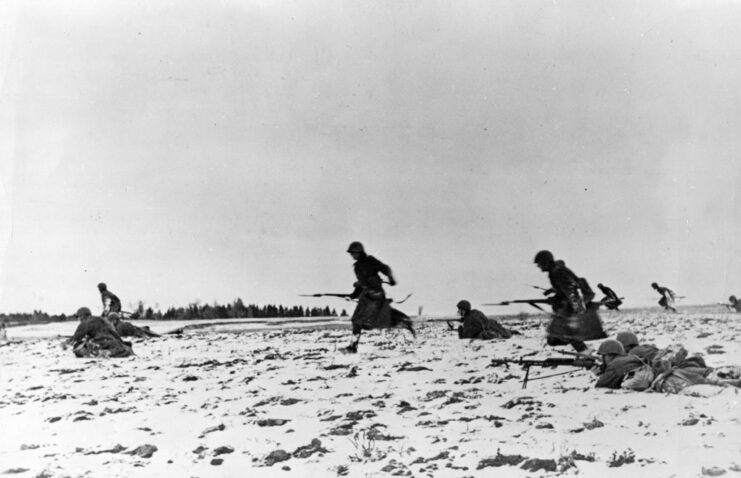
The scarcity of data might also stem from where Germany suffered its heaviest losses: the Eastern Front. It seems improbable that the Soviets paid much attention to the citizenship status of the German soldiers they killed or captured as prisoners of war. Their main focus was that these soldiers were German.
Another reason for the lack of records could be the wartime conditions. Bombings targeted cities that housed documents on immigration and soldier repatriation. These documents were likely destroyed during the conflict, as they may not have been seen as important at the time.
Martin James Monti deserted the USAAF and the Waffen-SS
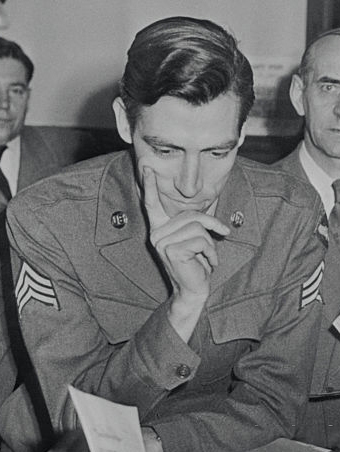
There were a few cases where non-German Americans joined the German military. The most famous was Martin James Monti, a second lieutenant within the US Army Air Forces (USAAF).
Monti grew up listening to radio broadcasts by Roman Catholic priest Charles Coughlin, who spoke highly of Germany and Italy’s fascist governments. He was commissioned as a flight officer into the USAAF in early 1944, and while stationed in Italy he stole a Lockheed P-5E Lightning. He flew to Milan, where he surrendered to the Germans.
The aircraft was tested by the Luftwaffe‘s Zirkus Rosarius unit and Monti was given a spot in the SS‘ propaganda unit, in Berlin. While on the radio, he spoke under an alias. Outside of these duties, he also helped create a propaganda leaflet that was handed out to Allied POWs.
In 1945, aware of Germany’s imminent defeat, Monti fled Berlin. At first, the Allies believed him to be a German POW, but under interrogation he revealed he’d deserted the USAAF. He claimed to have stolen the P-5E because he was “bored,” adding he did so to “personally fight the Germans himself.” He said he’d been shot down during his flight and wound up joining a partisan group.
Martin James Monti’s sentence was suspended
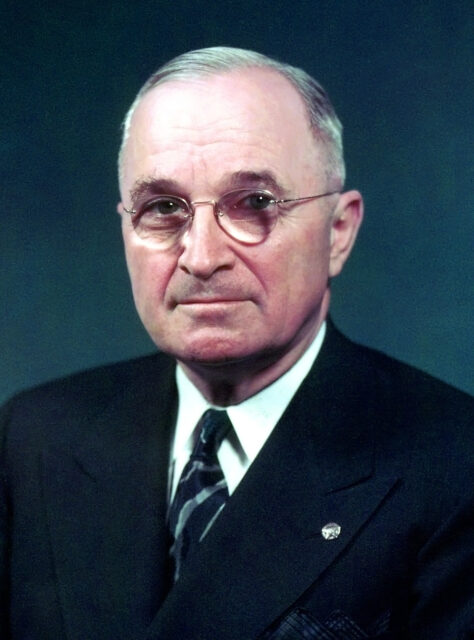
Martin James Monti’s story was believed by Americans, leading to his court-martial on charges of desertion and theft. While initially sentenced to 15 years imprisonment, which was later waived by President Harry Truman, on the condition Monti re-enlist in the USAAF. Monti complied and received an honorable discharge in January 1948.
Immediately after his discharge, Monti was apprehended by the FBI for his involvement in propaganda activities in Germany. This led to his indictment on 21 counts of treason, to which he confessed, resulting in a 25-year prison sentence. He served his term in Kansas, at one point attempting to retract his confession, alleging coercion by his legal counsel.
Monti’s appeal was ultimately dismissed and he remained in prison until he was paroled in 1960.
Donald Malarkey said the encounter in Band of Brothers did occur
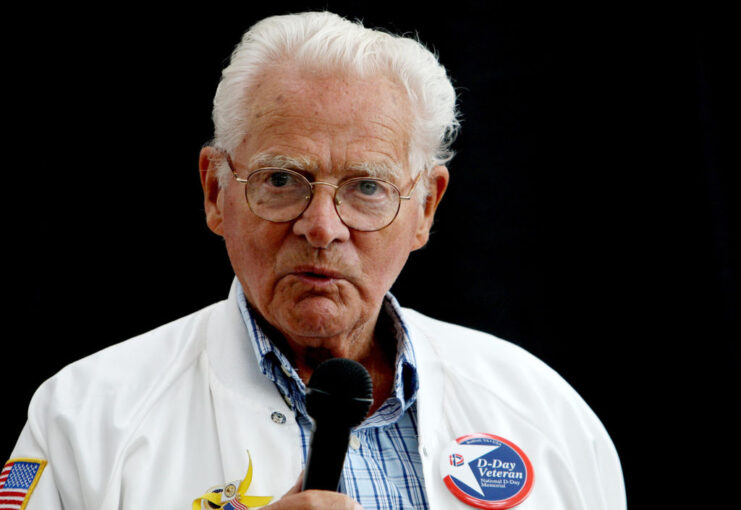
The WWII-era German-American POW depicted in Band of Brothers is believed to have been based on a real person. The real-life Donald Malarkey later recalled the incident did occur, although there are no after-action reports to corroborate his story.
Malarkey served as a non-commissioned officer with Easy Company, 2nd Battalion, 506th Parachute Infantry Regiment, 101st Airborne Division. He participated in several engagements during WWII, including Mission Albany, Operation Market Garden and the Battle of Bastogne.
More from us: Before He Was Obi-Wan Kenobi, Alec Guinness Was Part of the Allied Invasion of Sicily
The truth is we’ll likely never actually know how many German Americans went to fight for Germany during WWII. We’ll also never know how common such a decision was among the 1.2 million individuals of German descent who lived in the US at the start of the conflict.
